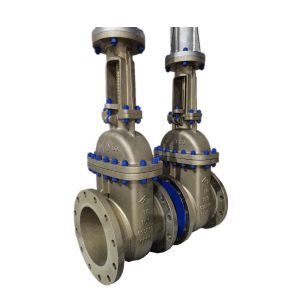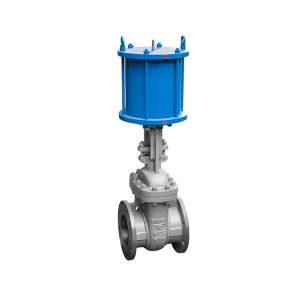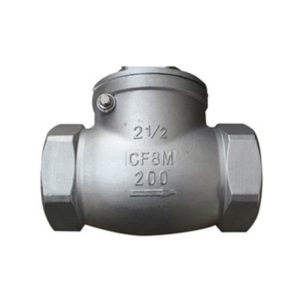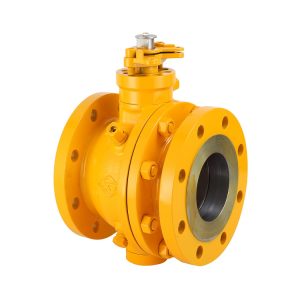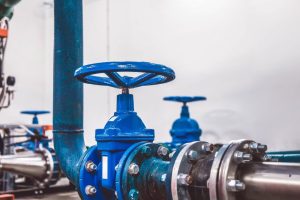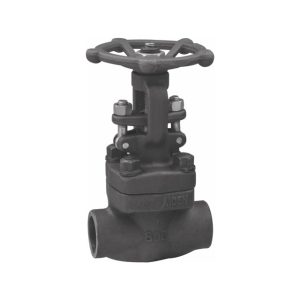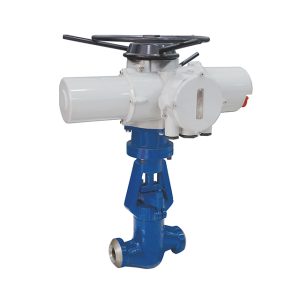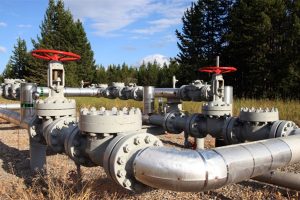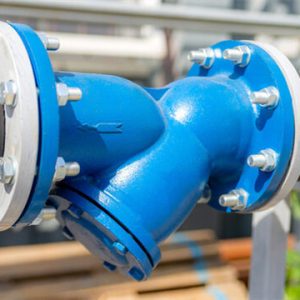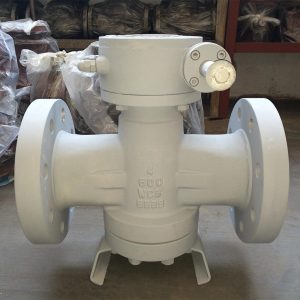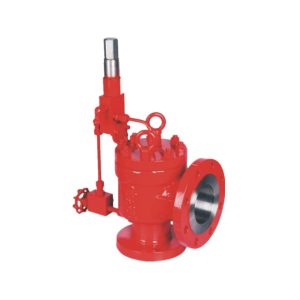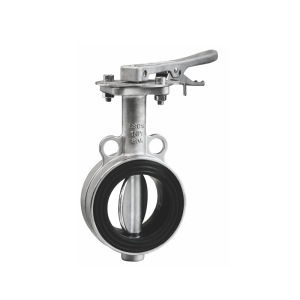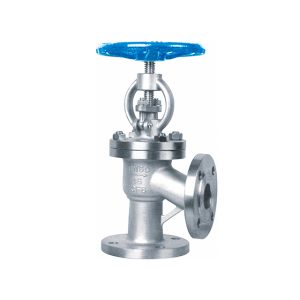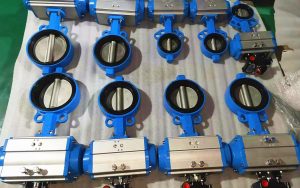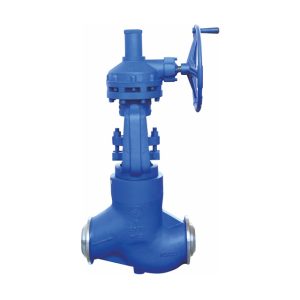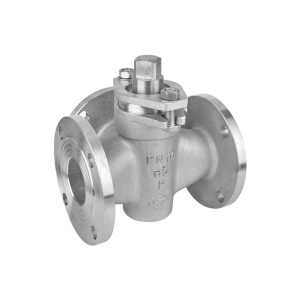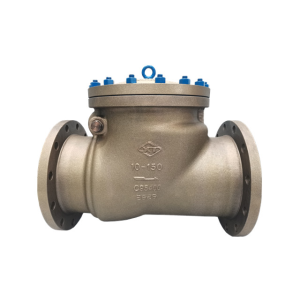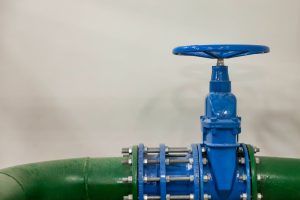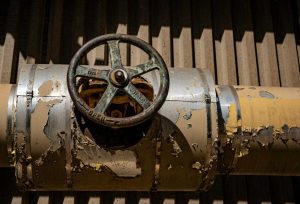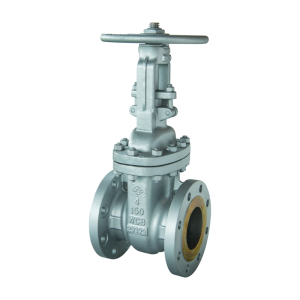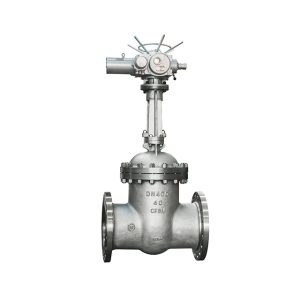
A complete Guide to Industrial Gate Valve
Are you learning the basics of industrial gate valves? These resources cover the working principle of gate valves, different materials, types, applications, production standards, and so on.
Explore Gate valve types
Stay updated
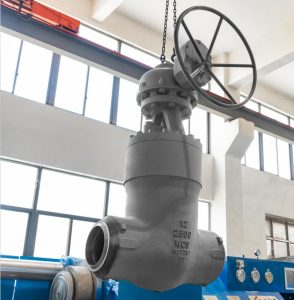
A Complete Guide To Gate Valve
Gate valves are commonly used in various industrial applications. This guide covers the types of gate valves, their components, and advantages and disadvantages to help you select the ideal valve for your application.
Frequently Asked Questions
Design:
- Gate valve: Has a wedge-shaped gate that slides up and down inside the valve body to block or allow flow.
- Ball valve: Has a sphere with a hole through it (the ball) that rotates inside the valve body. Rotating the ball 90 degrees aligns or blocks the hole, controlling the flow.
Operation:
- Gate valve: Requires full opening or closing for optimal flow and sealing. Can be operated with a handwheel, lever, or actuator.
- Ball valve: Requires only a quarter turn to open or close fully. Often easier and faster to operate than a gate valve.
Flow characteristics:
- Gate valve: Offers low flow resistance when fully open due to the straight-through flow path. Not ideal for throttling (partially regulating) flow due to potential for erosion and wear.
- Ball valve: Offers some flow resistance even when fully open due to the ball, but can be used for throttling to a limited extent.
Other considerations:
- Durability: Ball valves are generally more durable and have a longer lifespan than gate valves, especially for frequent on/off operation.
- Leakage: Ball valves often offer better leak sealing than gate valves, especially under high pressure.
- Cost: Gate valves are often cheaper than ball valves, especially for larger sizes.
- Number of ports: Ball valves can come in multi-port configurations, while gate valves typically have only two ports.
Austenitic stainless steels: These steels contain chromium (18% or more) and nickel (8% or more), making them highly resistant to corrosion and oxidation. They are also ductile and weldable, making them a good choice for a wide range of applications. Some common austenitic stainless steels used in gate valves include AISI 304 (also known as CF8) and AISI 316 (also known as CF8M).
Ferritic stainless steels: These steels contain chromium (12% to 30%) but little or no nickel. They are less resistant to corrosion than austenitic steels but are more magnetic and less expensive. They are a good choice for applications where high strength and wear resistance are more important than corrosion resistance. Some common ferritic stainless steels used in gate valves include AISI 430 and AISI 446.
Martensitic stainless steels: These steels contain chromium (12% to 18%) and carbon (0.1% to 1.0%). They are harder and stronger than austenitic or ferritic steels but are also more brittle and less resistant to corrosion. They are a good choice for applications where high strength and wear resistance are essential, such as in valves for high-pressure or high-temperature applications. Some common martensitic stainless steels used in gate valves include AISI 410 and AISI 420.
Installing a gate valve vertically can be done in some cases, but it depends on several factors:
1. Valve design:
- Preferred: Valves specifically designed for vertical installation are built with features like improved stem lubrication and internal drainage to prevent fluid accumulation.
- Possible, but with considerations: Standard gate valves can be installed vertically, but you may need to take additional precautions:
- Ensure the stem is positioned upward or horizontal: This prevents the wedge from settling on the bottom and potentially becoming stuck.
- Use a valve with a full-ported gate: This reduces the risk of debris collecting in the valve body.
- Consider potential lubrication issues: Some designs may require additional lubrication due to gravity affecting oil distribution on the stem.
2. Application characteristics:
- Fluid type: For viscous fluids or those containing debris, horizontal installation might be preferred to avoid potential settling and clogging issues.
- Flow direction: If the flow direction changes significantly across the valve, a vertical installation might lead to increased turbulence and noise.
- Maintenance needs: Consider access for future maintenance and lubrication, which might be easier with horizontal valves.
3. Regulations and standards:
- Always check relevant industry standards and manufacturer’s recommendations for the specific valve and application. Some applications may have specific requirements for valve orientation.
Key Terms -Design and Standard
A bellows gate valve is a specialized type of valve that utilizes a flexible, corrugated metal cylinder called a bellows to isolate and control the flow of fluids. Unlike traditional gate valves with a sliding gate mechanism, the bellows acts as a seal, expanding and contracting to open and close the valve.
Considerations for using bellows gate valves:
- Cost: They can be more expensive than traditional gate valves due to the specialized bellows construction.
- Size limitations: Currently, bellows gate valves are typically available in smaller sizes compared to standard gate valves.
- Flow characteristics: The bellows design can introduce some flow resistance compared to a full-ported gate valve.
Pressure seal gate valves are a specialized type of gate valve designed to handle high pressure applications. Their unique feature lies in the bonnet’s sealing mechanism, which improves as the internal pressure within the valve increases. This makes them a reliable and safe choice for demanding applications in various industries.
Resouce: What is pressure seal gate valve?
Through-conduit gate valves, also known as thru-conduit or full-passage gate valves, are a specific type of gate valve designed for unrestricted flow and minimal pressure drop. Unlike standard gate valves which have a body that partially or fully obstructs the flow path, through-conduit valves offer a straight, unobstructed passage for the fluid.
Design:
- Full-bore passage: The inside diameter of the valve body matches the internal diameter of the pipeline, eliminating flow constrictions and minimizing pressure drop.
- Double-expanding gate: Some designs utilize a gate that expands against both upstream and downstream seats, ensuring a complete and secure seal.
- High-strength materials: Often made of robust materials like cast or forged steel to withstand high pressures and temperatures.
- Variety of configurations: Available in various designs like double-block and bleed (DBB), triple-block and bleed (TBB), and piggable styles for specific needs.
Learn More: What is a through-conduit gate valve?
A parallel slide gate valve, also known as a wedge gate valve or knife gate valve, is a type of valve characterized by its sliding or wedging gate mechanism that moves parallel to the flow path. Unlike traditional gate valves with a vertical lifting gate, the parallel slide design offers distinct advantages for specific applications.
Working Principle:
It is based on the movement of two parallel gates, which are connected through a stem, and their position determines whether the valve is open or closed. When the valve is open, the gates move parallel to the pipeline, allowing fluid to flow freely. On the other hand, when the valve is closed, the gates slide down to create a tight seal, preventing any fluid passage.
